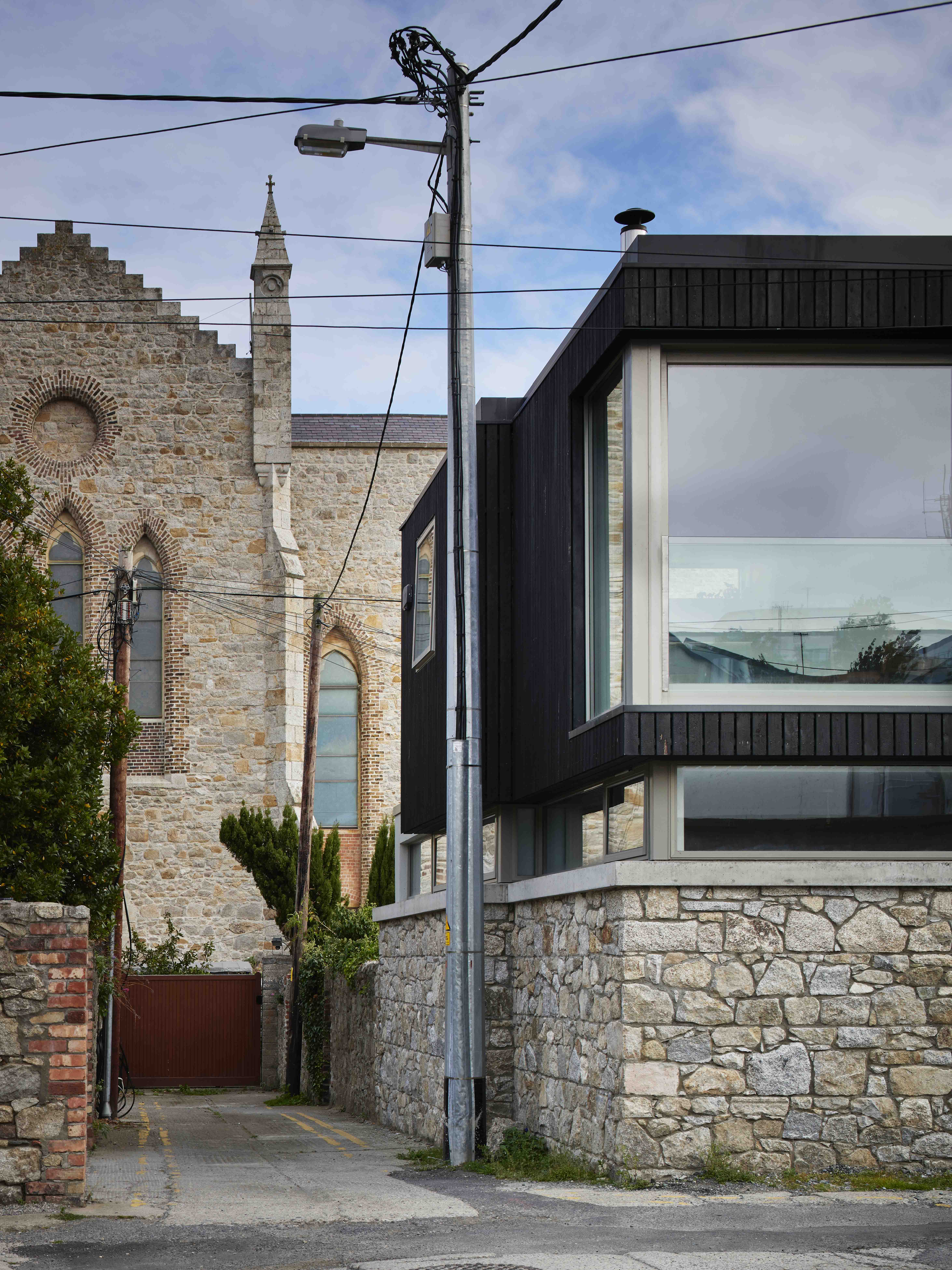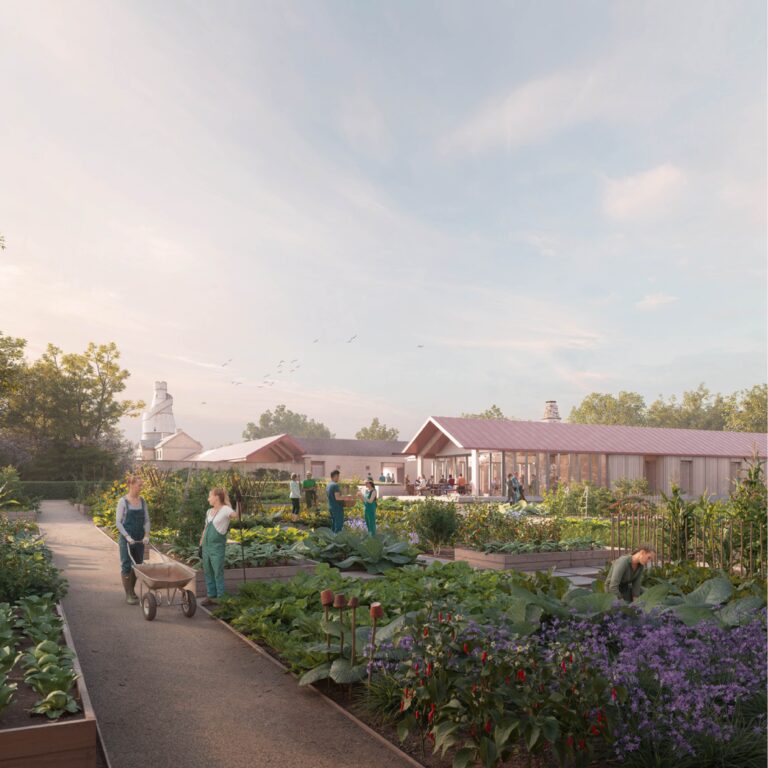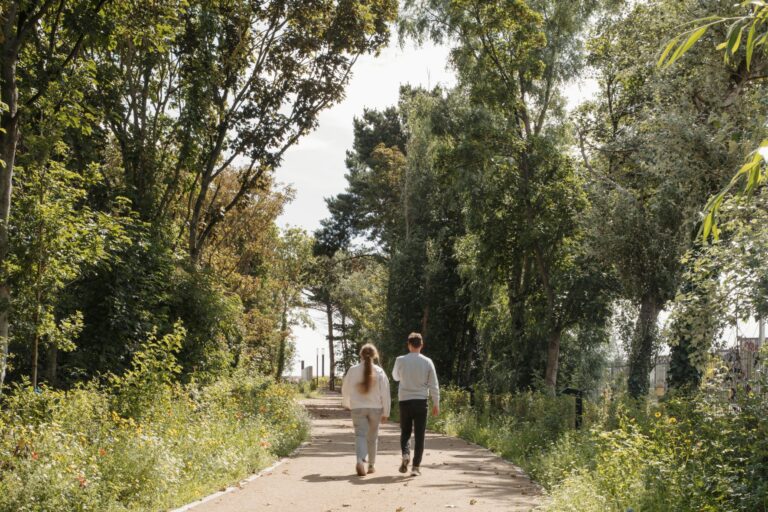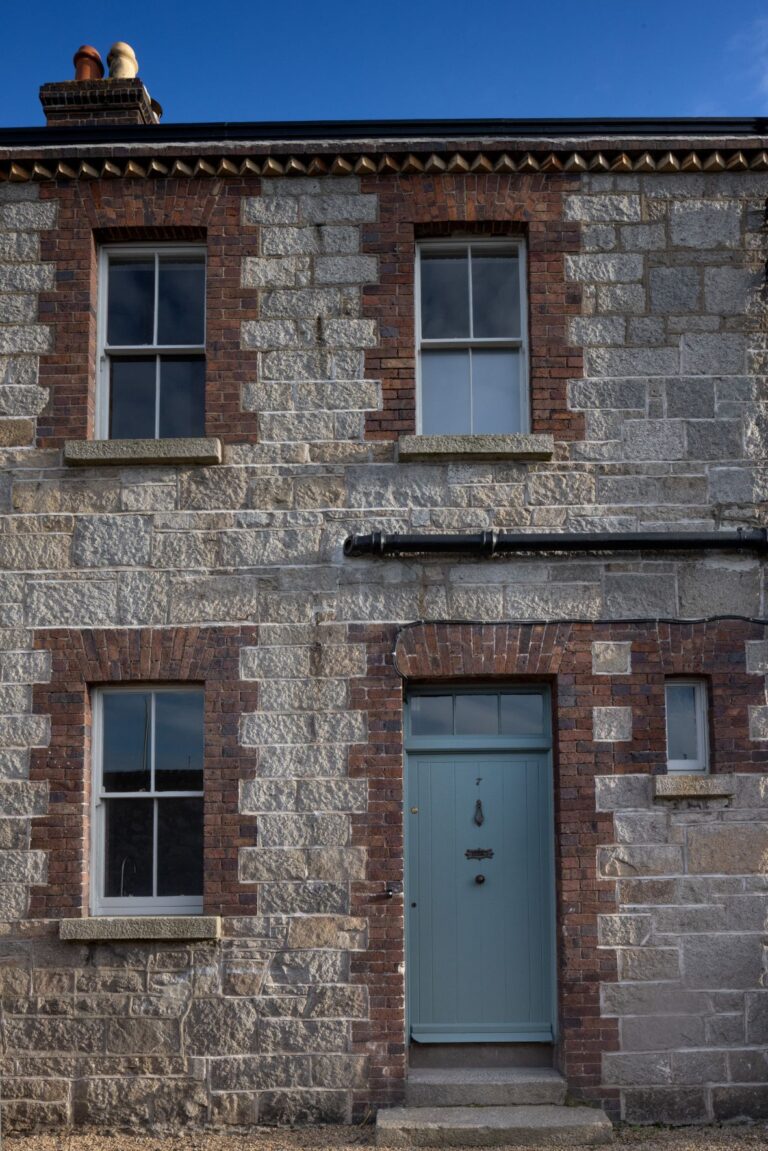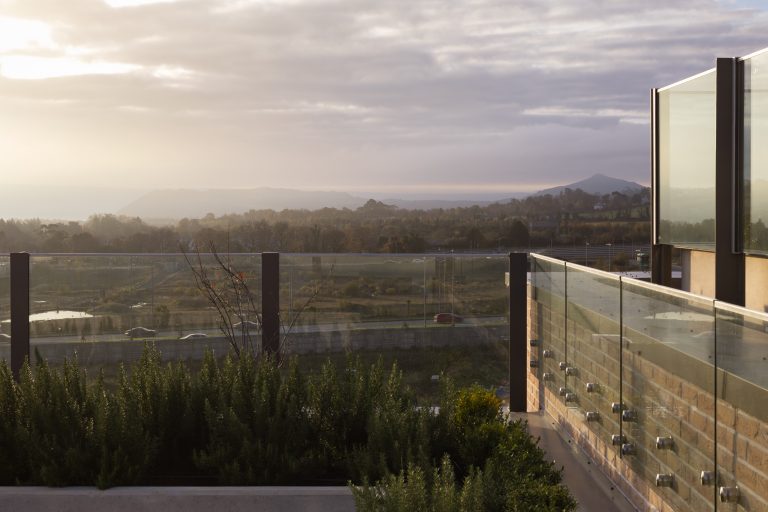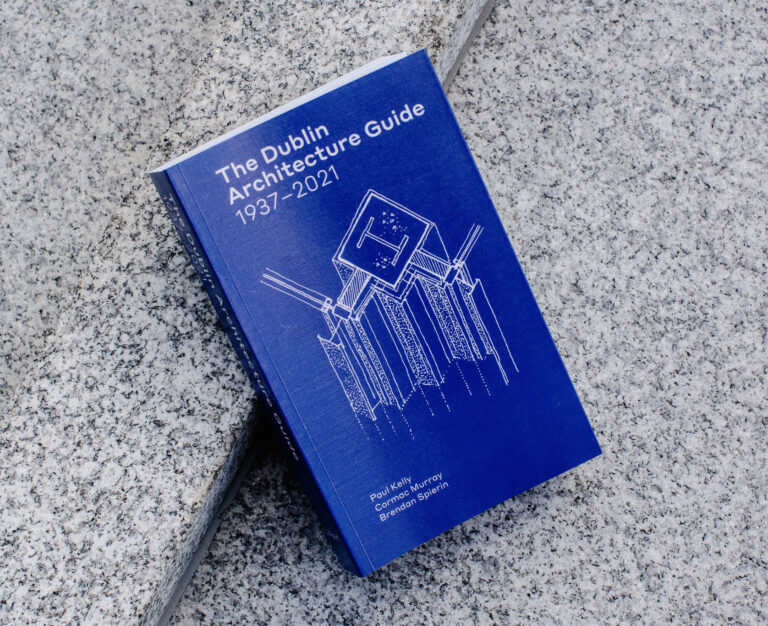Journal •
Against the Grain: What Dublin’s 1970s Suburbs Can Teach Us About Living
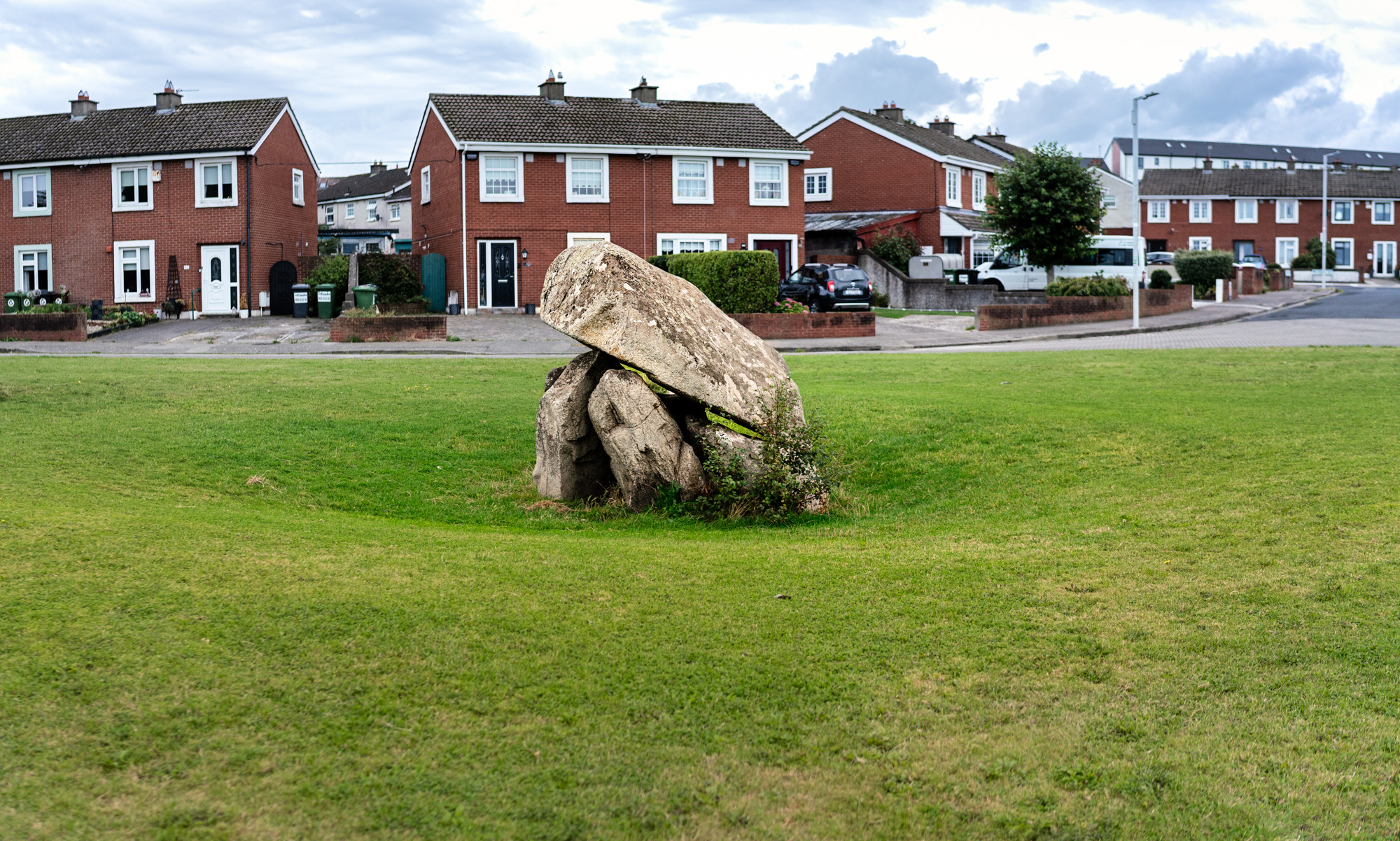
Dublin is a patchwork, a city where housing types map urban growth, encode ideological shifts, and carry the quiet weight of lived memory. Move further out, away from the Georgian streets and Grand Canal developments, and you reach the middle-distance of the suburbs. There, you’ll find another Dublin. One less celebrated but deeply inhabited. A city of 1970s estates, where routine and memory accumulate. These are not the icons of Irish architecture, but they are its emotional core.
The 1970s suburban estate was born from political vision as much as planning logic. Between the 1950s and 1980s, the Irish state embarked on a vast housing project: a manifestation of the welfare state, and a belief that architecture could shape community, even character. It became the physical expression of a young nation’s ambitions. Earlier state-led housing efforts had already laid the groundwork: Marino Garden City in the 1920s, followed by the great suburban estates of Crumlin, Cabra, Drimnagh, and Finglas in the 1930s–50s. The 1970s marked a shift from these earlier suburban schemes to large-scale “new town” developments like Tallaght and Blanchardstown. These estates embodied the last major wave of state-led suburban housing before the pivot to market-driven models. The 1970s estates were not an isolated phenomenon but part of this longer trajectory of public housing ambition.
Affordable, accessible, and, most crucially, ownable, these homes gave thousands of families a foothold. As housing historian Michelle Norris notes, their design served social policy. Not only in the physical layout of streets and houses, but in the careful shaping of ownership models and estate planning that enabled affordability. They allowed low-income families to buy their homes with manageable debt, creating long-term security where short-term welfare could not. But these houses also tapped into a deeper cultural current: Ireland’s century-old fixation on land. Ownership was identity, and the suburban house, however plain, was a vessel for that identity.
Architecturally, these estates are easy to dismiss. They often appear as uninspired sprawl. By the mid-seventies, over 80 percent of new housing stock conformed to a single model, often built without local infrastructure. But over time, they became shaped not by architectural intent, but by human ritual. The bins wheeled out on Tuesday mornings. The lawn trimmed on Saturdays. The porch overflows with wellies. The low wall doubles as a goalpost. A basketball hoop hangs above a garage door. The pavement becomes a spot for a skateboard trick. These aren’t features designed by architects. They’re acts of care, repetition, and belonging.
The cul-de-sac becomes a de facto common: a safe zone for play, a meeting point, a site of spontaneous neighbourliness. This is architecture not of spectacle, but of rhythm. Not curated but accumulated. Today, Dublin faces an acute housing crisis: spiralling rents, shrinking affordability, and an expanding commuter belt that stretches meaningfully beyond the city. In response, new solutions dominate headlines: high-rise developments, co-living schemes, and investor-led Build-to-Rent blocks. But in many of these new models, housing has ceased to be about permanence. Where once the State subsidised ownership, today its support often flows elsewhere. Through planning shortcuts, tax breaks, and rent subsidies that, in practice, sustain investor-led models rather than long-term homes. Build-to-Rent replaces the cul-de-sac; long leases replace long roots.
In this context, the quiet success of the 1970s estate becomes clearer. Not as a form to replicate in its entirety, but as a reminder of what housing can enable: stability, community, and the gentle accumulation of belonging. The tragedy is not that we no longer build like this. It’s that we no longer make it possible to live like this.
Continue the conversation: Join the Evolution of Neighbourhoods discussion at Open House Dublin. Find out more and register here. https://openhousedublin.com/locations/the-evolution-of-neighbourhoods-conversation/
Journal Article by Hannah Carney, UCD Student and DLR Intern

